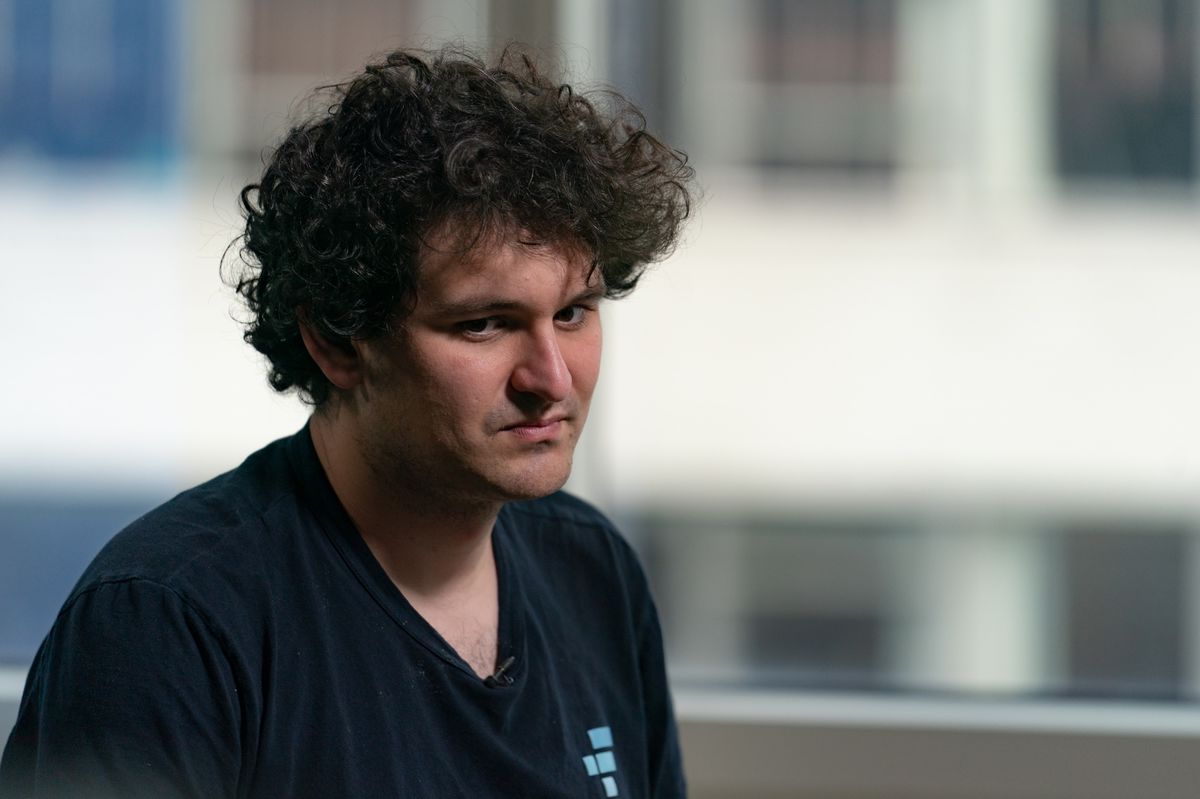A genre system categorizes artworks based on the topics and subjects that are portrayed. In a strict sense, an abstract genre lacks a theme and an object.
The traditional hierarchy of genres that had emerged in European culture by the 17th century did not include abstract. Law, genre painting, landscape, and still life, as well as history painting and portraits, received high rankings.
History
Abstract painting first emerged as a distinct genre in the early 20th century, despite the fact that it originally started out alongside figurative painting.
Images of rhinoceros and bison mingle with abstract lines and dots on the cave’s vaults at Chauvet Cave’s Paleolithic rock art, which dates back about 36 thousand years. The ornaments of wholly abstract motifs (such as knots and spirals) were quite common in Celtic art, which peaked in the 10th to 5th century BC.
The introduction of Islam (and its doctrinal prohibition on depicting humans) in the seventh century sparked the active development of calligraphy, which was accompanied by floral or purely geometrical embellishments.
Realistic art reached the limits of its ability in the middle of the 19th century with the invention of photography. William Turner, a romanticist, created marinas at this period, when the object is essentially undetectable in monochromatic tones of color.
The impressionist Claude Monet continued this style, creating essentially abstract works from his “Water Lilies” series in the 20th century where the subject was virtually lost in light and color. The object “falled apart” into distinct facets in the analytical cubism of Picasso and Braque; still-lives of this type also abutted pure abstraction.
But only Abstract Art, which purposefully abandoned the mimetic (imitative) approach to art in the 20th century, completely discarded realism. The painting changed from giving the appearance of depth (perspective) to highlighting the canvas’s flatness.
The artwork was intentionally made to be non-figurative, non-representative, and based on the use of abstract shapes and color combinations. This fashion was used in two main courses during the beginning of the 20th century. The first one appeared in Kandinsky’s biomorphic (organic) abstractions and later took shape in the surrealist works of Joan Miro and Jean Arp, the abstract landscapes of Yves Tanguy, and the sculptures of Henry Moore.
The second course covered Malevich’s geometric (basic) abstractions, which began with Neoplasticism by Theo van Doesburg and Piet Mondrian and continued with Constructivism by Alexander Rodchenko and Lubov Popova, Orphism by Robert and Sonia Delaunay, and Op Art by Victor Vasarely.
Abtract Expressionism advanced further and fully abandoned all forms in the middle of the 20th century. The painting concentrated solely on the expressive qualities of color, as seen in Jackson Pollock’s spontaneous drips and spots and Mark Rothko’s vast monochromatic planes. Because of this, the abstract works of these painters demonstrate to us that the distinction between figurative and non-figurative art is purely customary by reducing the painting to the actual existence of paint on the canvas.
On the one hand, no painting can communicate purely about itself and cannot be entirely devoid of objects; it must continually direct the viewer to external reality (for example, through associations).
On the other hand, every painting is abstract since every image is the end product of the abstraction process, in which the artist distinguishes between an object’s fundamental features and its optional aspects. In addition, even the most realistic painting (as well as an abstract) is nothing more than a canvas covered in a series of color spots and lines.











